
Toe spring is a toe-deforming shoe feature present in most shoes, including athletic shoes. Toe spring is the elevation of your shoe’s toe box above the ground or supporting surface. The current industry standard for toe spring for most types of footwear is 15 degrees. This means that most shoes hold, or immobilize, your toes in an unnatural, extended position.
Why Immobilization is Problematic
This immobilization is problematic because your toes function on a system of balanced tendon pulling. In the ideal scenario, there is a perfect balance between the tendons that pull on your toes from above and below. The tendons on the top of your toes can, after years of wearing conventional shoes that hold your toes in an extended position, gain a pulling advantage over those tendons on the bottom and sides of your toes. This imbalance, when combined with the injurious effects of heel elevation and tapering toe boxes, can cause various toe deformities, collectively known as crooked toes, as well as certain lower leg and knee problems.
Focal Pressure on the Ball of the Foot
Wearing a shoe that includes heel elevation, rigid soles, and toe spring means placing an extraordinary amount of pressure on the ball of your foot. This focal pressure can lead to many different ball of foot problems, including neuromas. A shoe that is completely flat from heel to toe (aka "zero drop") helps spread bodyweight forces across your entire forefoot surface, reducing the burden on the ball of your foot and the sensitive structures (including nerves and blood vessels) that pass through this foot region.
How to Remove Toe Spring
Most shoes, even healthy ones, appear to have at least some degree of toe spring when observed in isolation (i.e., when nobody is wearing the shoe). It is exceedingly rare to find footwear with absolutely no toe spring. A small amount of toe spring present in shoes with flexible soles is not overly problematic, as this toe spring often disappears when the soles are compressed during weight-bearing activity. You can remove toe spring from many shoes by folding the shoe onto itself (i.e., by folding the sprung part back onto the rest of the shoe’s sole, so that both parts of the sole—sprung and flat—are touching) and placing it under a heavy object (such as a bookcase) for 24 to 48 hours. Most of the toe spring should be gone when you retrieve your shoe at the end of this period.

WANT TO IMPROVE YOUR FOOT HEALTH?
Let the team at Natural Footgear help you! Subscribe to our newsletter for the latest offers and helpful info, and sign up for our FREE email courses on various topics and foot health conditions.
Sign Up →
Want to Improve Your Foot Health?
We are here to help you every step of the way. Get our newsletter for the latest offers and helpful info, and sign up for our FREE email courses on various topics and conditions, including bunions, hammertoes, neuromas, plantar fasciosis, shin splints, ingrown toenails, and more.
Sign Up →
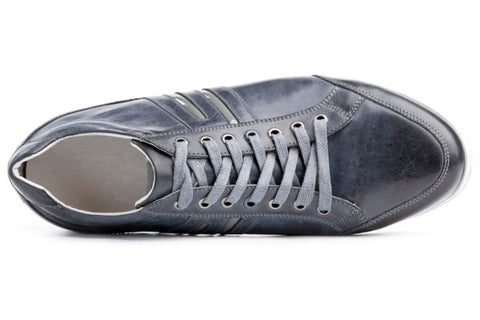 Toe box taper—the narrowing of a shoe from the ball of your foot to the ends of your toes—is one of the most harmful features of conventional footwear. It's difficult to find a pair of shoes or boots (or even sandals) that are wider at the ends of your toes than the ball of your foot. Most shoes and boots, including athletic models, force your toes into a wedge position...
Read more
Toe box taper—the narrowing of a shoe from the ball of your foot to the ends of your toes—is one of the most harmful features of conventional footwear. It's difficult to find a pair of shoes or boots (or even sandals) that are wider at the ends of your toes than the ball of your foot. Most shoes and boots, including athletic models, force your toes into a wedge position...
Read more



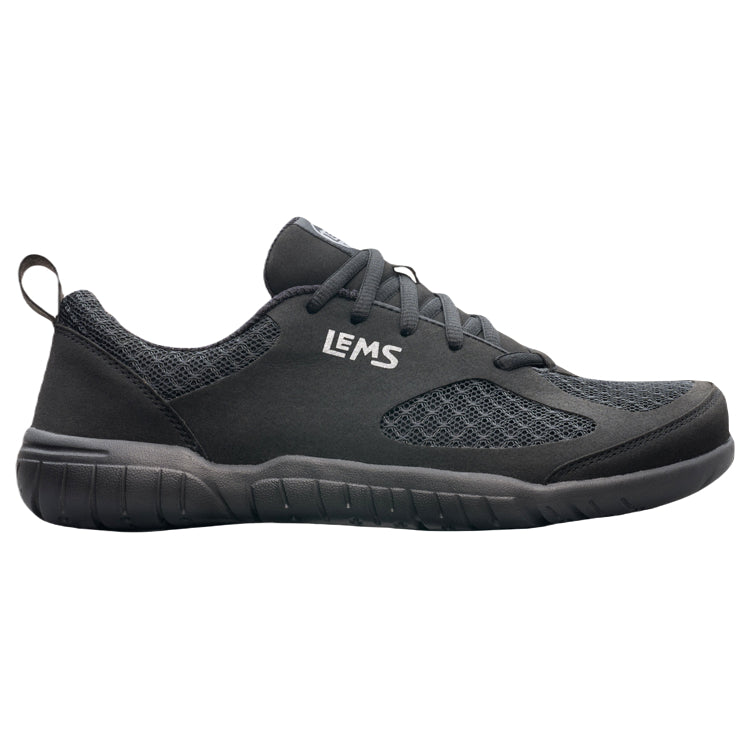
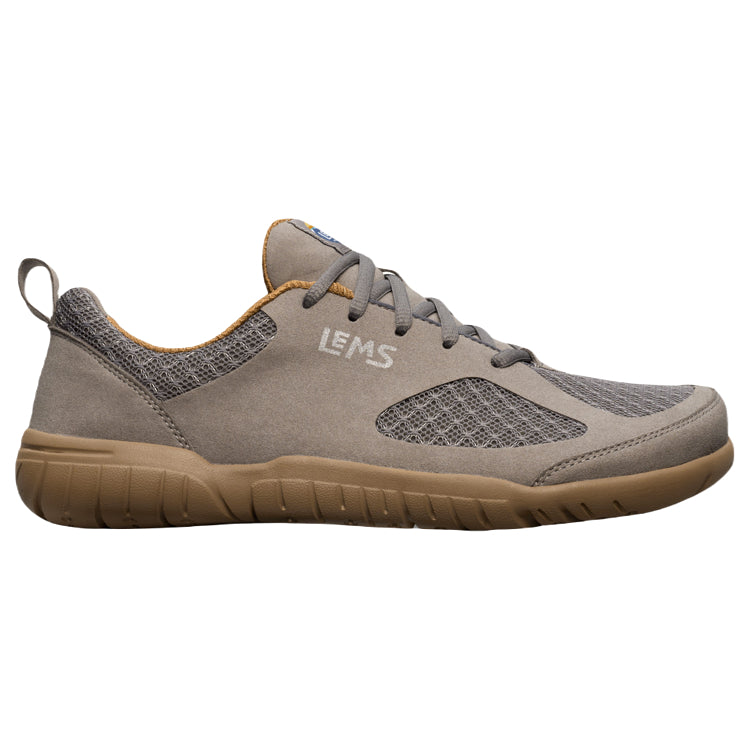
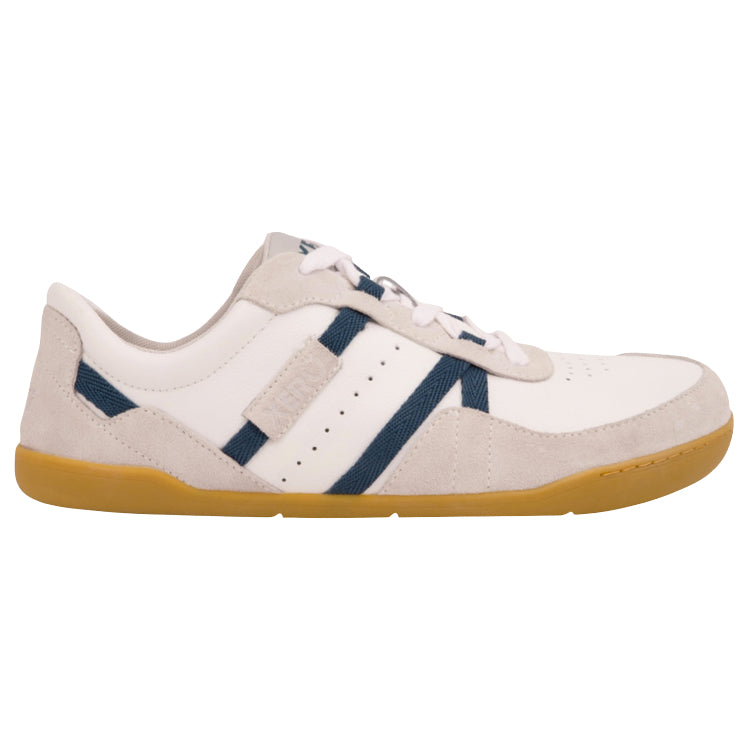


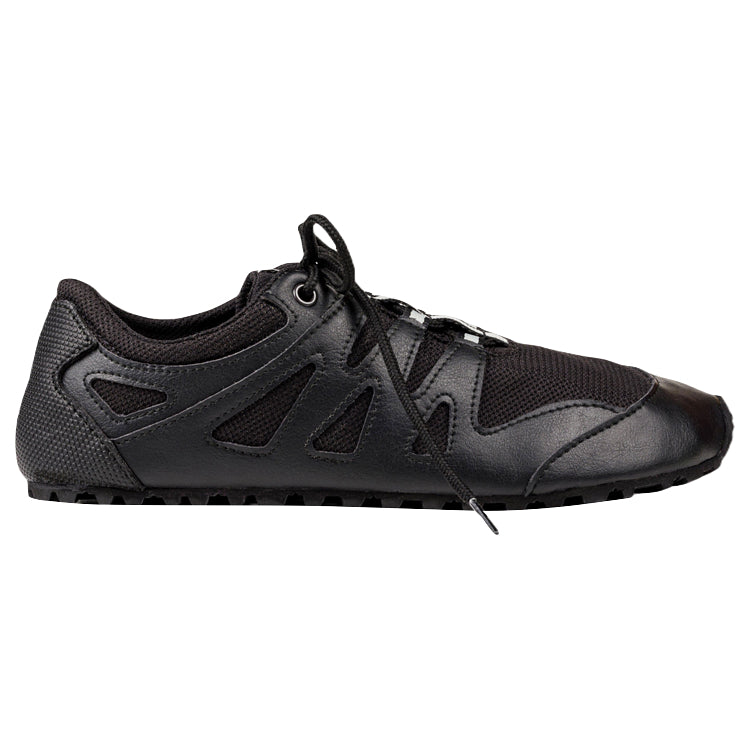
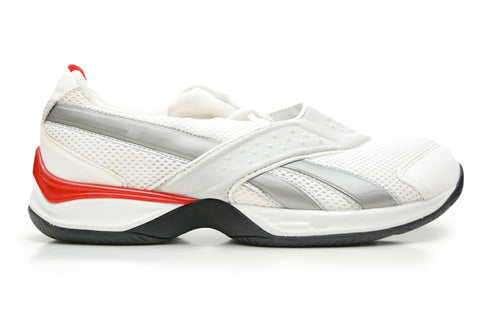


I wonder why it’s so practically impossible to find a shoe with 0 degrees of toe spring, even in the world of minimalist shoes. One company explained to me that toe spring is to facilitate walking, but if the materials involved are flexible, toe spring has no sense. Rather, I think it is a challenge for shoe manufacturers to achieve a totally flat shoe, with no heel and no toe spring. But in principle, I’m sure that zero toe spring is incomparable because the big toe, in particular, will have no need to fight with the sole, both when standing and during the different phases of gait.
You make some excellent points, Emilio! You might enjoy this article from our Popular Q&A blog that discusses the two main types of toe spring built into footwear:
www.naturalfootgear.com/blogs/popular-q-a/what-are-the-different-types-of-toe-spring-built-into-shoes
I think it is very difficult for footwear companies to produce footwear with zero toe spring. Even in minimalist shoes with supremely flexible soles, there is usually some degree of (highly compressible) toe spring that is a byproduct of the manufacturing process—something that stems from how the upper of a given shoe attaches to its outsole. So, in a perfect world, all shoes would be devoid of toe spring, but a shoe with a flexible sole can still be compatible with optimal foot health.
I hope this info helps!
All the best,
Robyn Hughes, ND